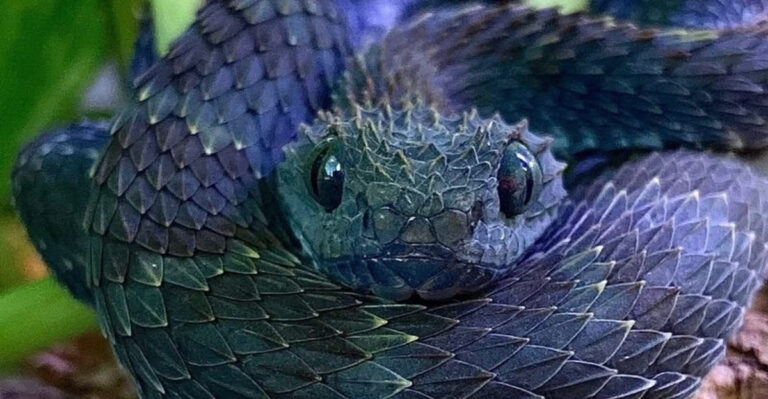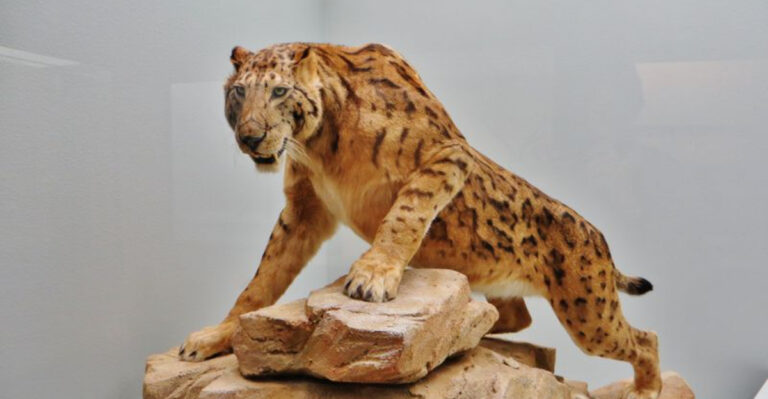10 Bizarre Creatures That Roamed During The Triassic Period
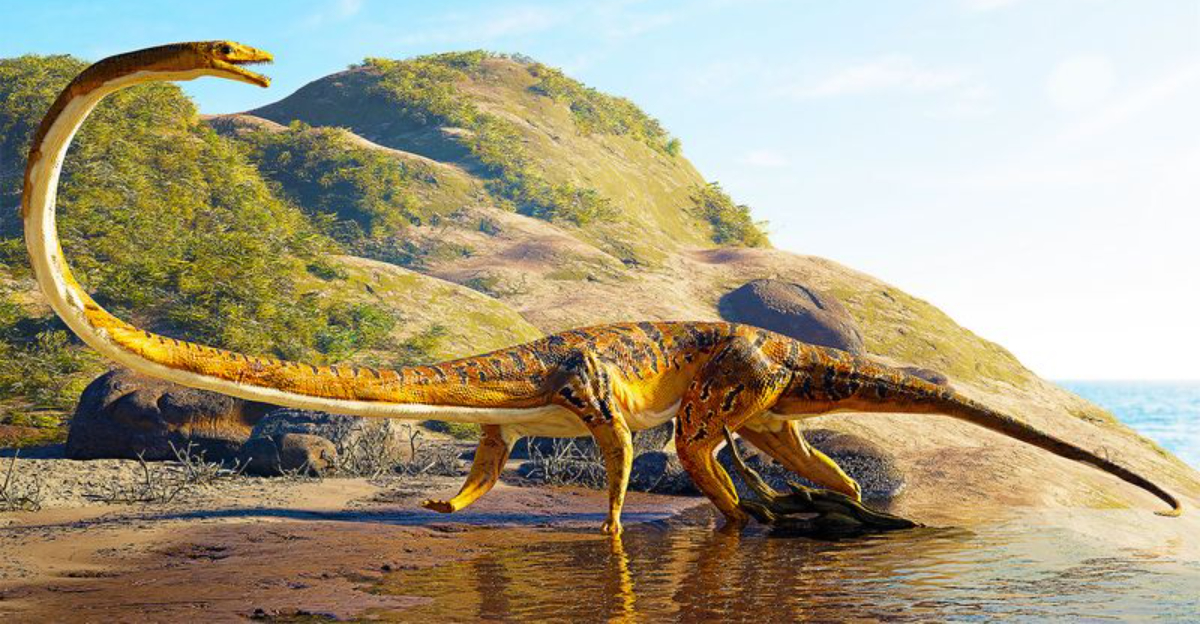
The Triassic period, which began about 252 million years ago, marked the dawn of the dinosaur age but was home to many other strange creatures, too.
After the devastating Permian extinction wiped out nearly 90% of life on Earth, evolution took some truly experimental paths.
The resulting animals were unlike anything alive today, with body plans and survival strategies that would seem alien to modern eyes.
1. Shonisaurus – The Bus-Sized Sea Monster
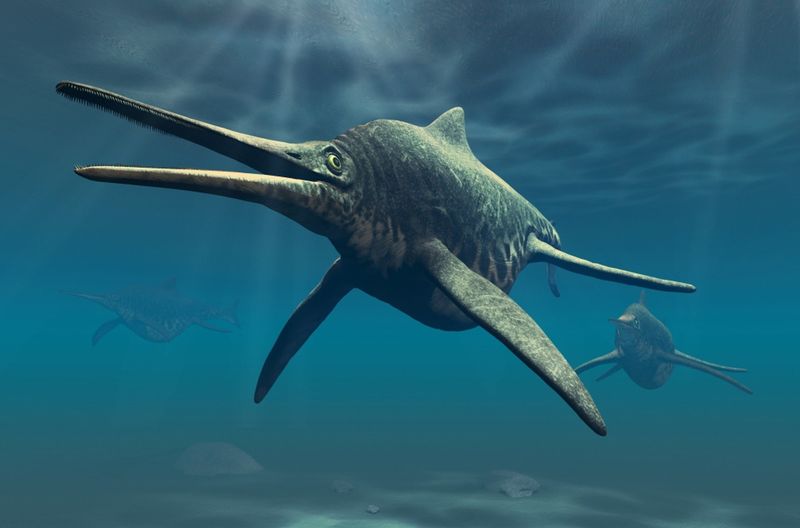
Imagine a dolphin that grew to the size of a school bus – that’s Shonisaurus for you! This massive marine reptile could reach lengths of 50 feet and dominated the Triassic oceans with its torpedo-shaped body.
Unlike modern dolphins, Shonisaurus had four flipper-like limbs and likely hunted squid-like creatures in the deep ocean. Its fossils were first discovered in Nevada, which was once covered by a vast prehistoric sea.
The most fascinating thing about this creature? Despite its fearsome size, its teeth were relatively small, suggesting it may have used suction to capture prey rather than chomping them with powerful bites.
2. Hyperodapedon – The Pig-Sized Vegetarian With Bizarre Jaws
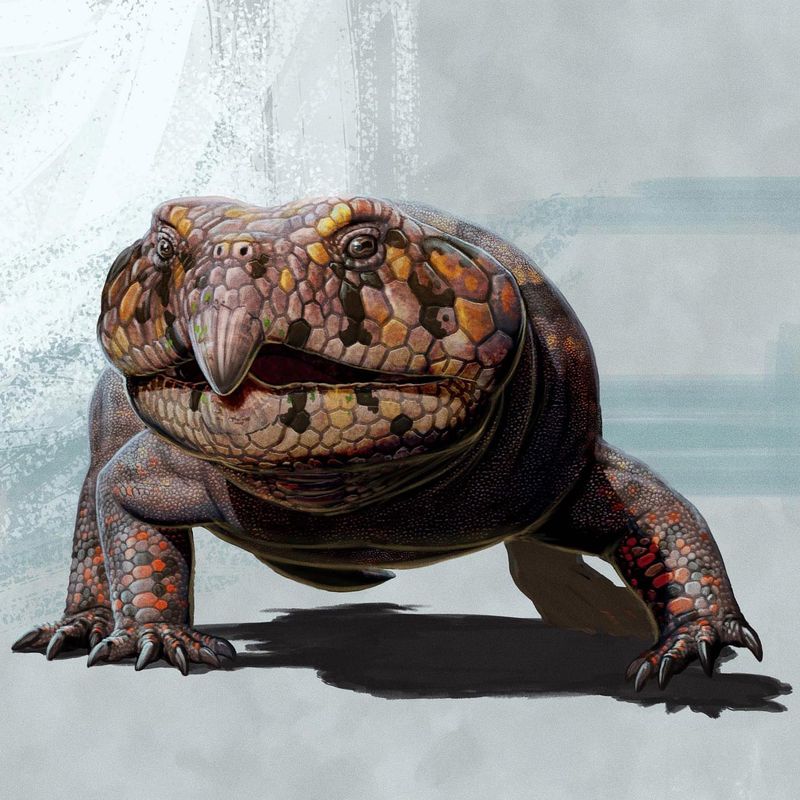
Meet the Triassic’s oddest plant-eater! Hyperodapedon was about the size of a pig but had one of the strangest mouths in the fossil record. Its upper jaw wasn’t one piece – it was split down the middle with two rows of teeth on each side.
When it bit down, these teeth would slide between matching grooves in its lower jaw, creating a super-efficient grinding machine for tough plant material. Picture a living food processor!
Fossil evidence shows these creatures were widespread across what would later become Europe, North America, and India. They belonged to a group called rhynchosaurs that thrived for millions of years before disappearing completely at the end of the Triassic.
3. Placerias – The Rhino-Like Beast With Tusks
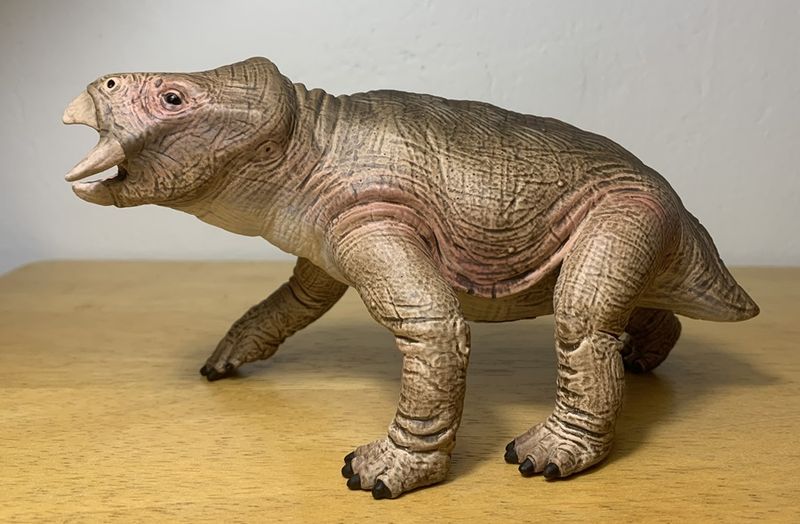
Before mammals ruled the land, Placerias filled the ecological role of today’s rhinos and hippos. This barrel-bodied herbivore weighed around two tons and sported a pair of downward-pointing tusks that jutted from its upper jaw.
What makes Placerias truly strange is that it wasn’t a dinosaur or even a reptile as we think of them today. It belonged to an entirely different group called dicynodonts – distant relatives of mammals with a mix of reptilian and mammal-like features.
Herds of these creatures once roamed across Arizona and neighboring regions, using their horny beaks to clip vegetation and possibly digging for roots and tubers with their powerful tusks.
4. Tanystropheus – The Creature With An Impossible Neck
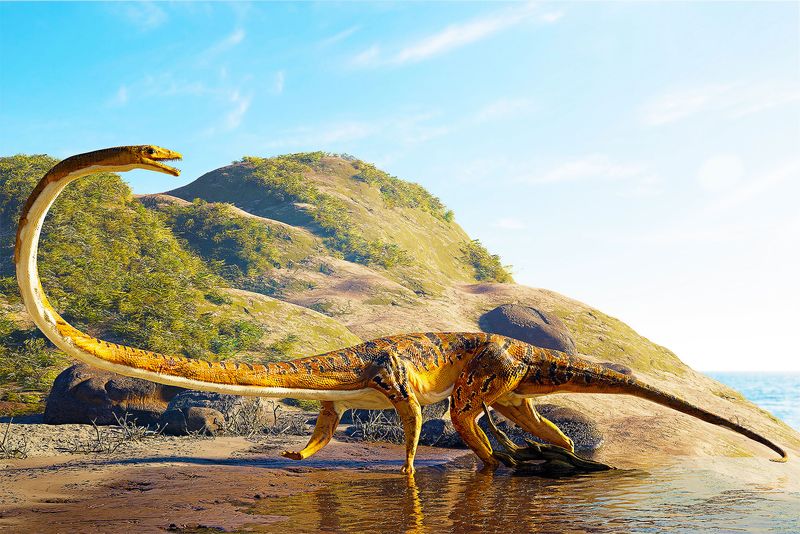
Among all the weird animals that ever lived, Tanystropheus takes the prize for most impractical body design. This reptile had a neck that made up half its entire body length – like a giraffe taken to absurd extremes.
Scientists debated for years how this animal could have possibly moved around without breaking its pencil-thin neck. The current theory? It was likely a shoreline ambush predator that dangled its head over the water’s edge to snatch fish.
With a body about 20 feet long but a neck that accounted for 10 of those feet, Tanystropheus must have been an awkward sight waddling on land, but perfectly adapted for its unique fishing strategy.
5. Longisquama – The Gliding Reptile With Feather-Like Scales
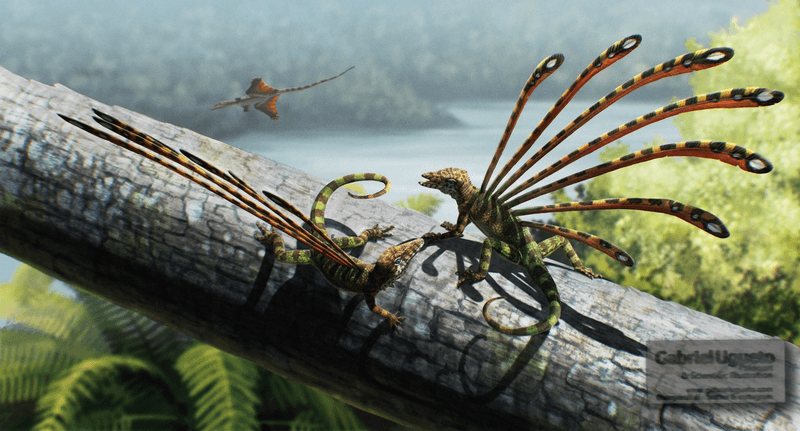
Long before birds took to the skies, a small reptile called Longisquama was experimenting with flight. This cat-sized creature had a row of extraordinary elongated scales running down its back that resembled feathers or leaves.
These strange structures could have been used for display, insulation, or possibly even as primitive gliding surfaces. Some paleontologists even suggest Longisquama might represent an early experiment in the evolution of features that would eventually lead to bird feathers!
Found in Kyrgyzstan in rock layers from the middle Triassic, this unusual animal continues to puzzle scientists. Its fossils are so bizarre that some researchers initially questioned whether they were even from a real animal or just an unusual plant.
6. Vancleavea – The Armored Swimming Nightmare
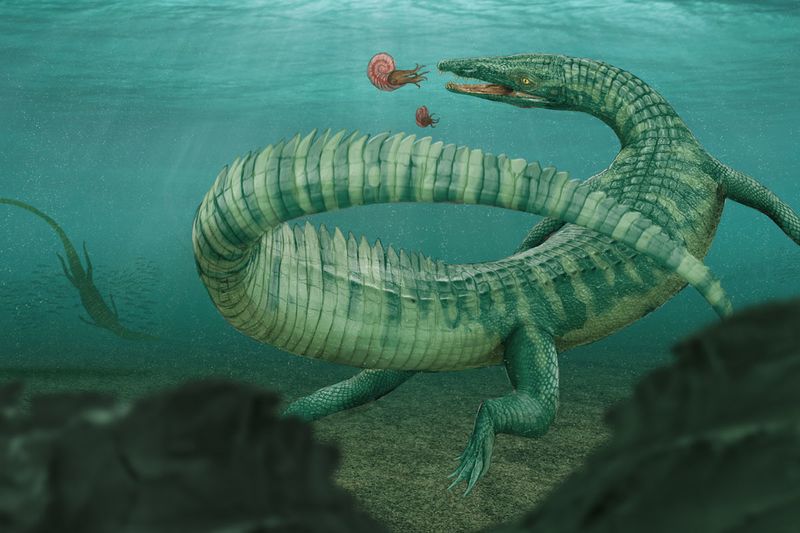
Vancleavea breaks all the rules of reptile design. This bizarre predator combined a crocodile-like body with fish-like characteristics and covered it all in bony armor plates that would make a knight jealous.
Unlike most aquatic reptiles that use paddle-like limbs to swim, Vancleavea propelled itself through the water with a deep, vertically flattened tail more similar to a fish. Its head was protected by thick bone, with a mouth full of sharp teeth perfect for snatching prey.
Fossils discovered in the southwestern United States show this 4-foot-long oddity prowled the rivers and lakes of Triassic North America. It wasn’t related to crocodiles at all but represents a completely separate evolutionary experiment in aquatic predation.
7. Effigia – The Crocodile That Looked Like a Dinosaur
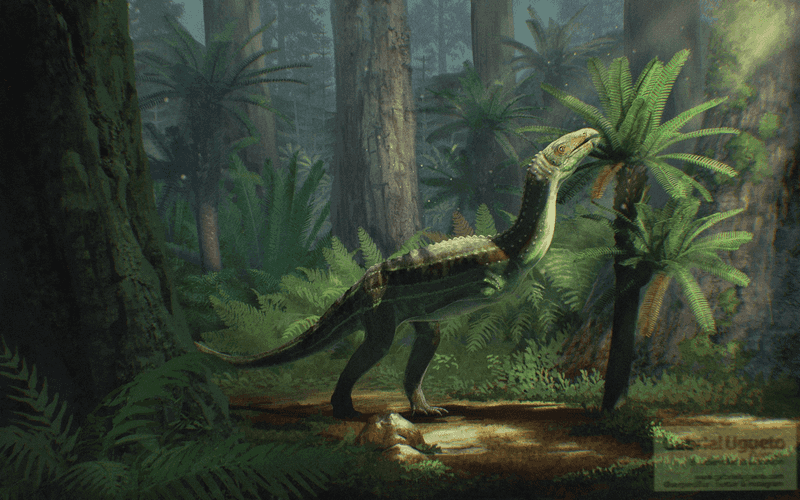
Effigia might be the most confusing animal from the Triassic. At first glance, paleontologists thought they had discovered an early dinosaur similar to an ostrich. The reality was much stranger!
This 6-foot-long creature was actually a crocodile relative that had independently evolved to look almost exactly like certain dinosaurs. It walked on two legs, had a toothless beak, and long running legs – despite being more closely related to alligators than to T. rex.
This remarkable case of convergent evolution shows how similar environmental pressures can produce nearly identical body forms in completely unrelated animal groups. Effigia’s fossils come from New Mexico, where it likely scampered across the Triassic landscape hunting small prey.
8. Sharovipteryx – The Upside-Down Flying Reptile
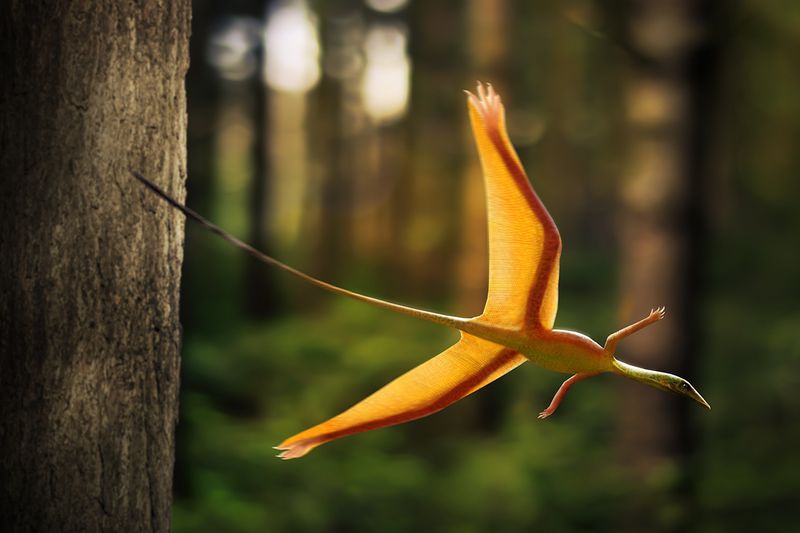
Imagine a flying squirrel, but with the membrane between its back legs instead of its front limbs. That’s Sharovipteryx – a truly peculiar gliding reptile that got flight completely backward compared to modern animals!
This cat-sized creature had extremely long back legs connected by a gliding membrane, creating a delta-wing shape that allowed it to soar between Triassic trees. Its front limbs were much smaller and may have helped with steering during glides.
Discovered in the Madygen Formation of Kyrgyzstan, Sharovipteryx represents one of several strange experiments in aerial locomotion during the Triassic. Its unique hindlimb-dominated gliding style has never been repeated in any known animal group since!
9. Drepanosaurus – The Reptile With Built-In Gardening Tools
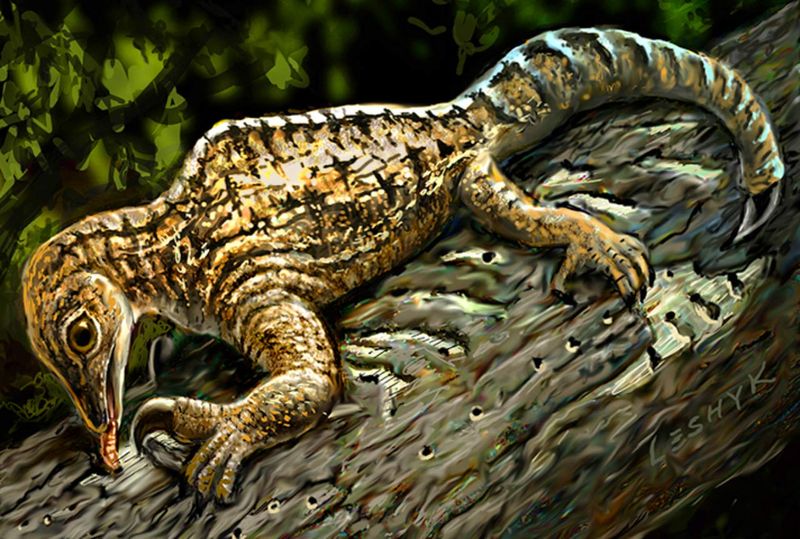
If you think chameleons look strange, meet their distant and much weirder cousin from the Triassic – Drepanosaurus. This cat-sized tree-dweller had a body that seems designed by a committee that couldn’t agree on anything.
Its most shocking feature was a huge claw at the tip of its tail – like a scorpion’s stinger but used for hooking onto branches. Add to that its massive curved claws on specialized forelimbs that resembled those of modern anteaters, and you have one of the oddest body plans ever discovered.
Scientists believe Drepanosaurus used its specialized limbs to tear into rotting wood or strip bark while searching for insects. Its fossils have been found in Italy and New Mexico, showing it was fairly widespread during the Triassic.
10. Atopodentatus – The Zipper-Mouthed Marine Grazer
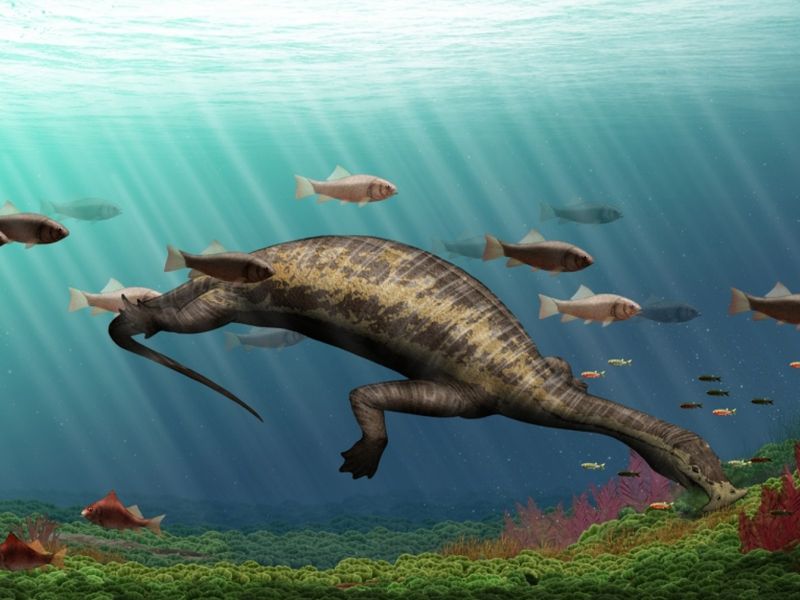
The award for strangest mouth in the Triassic goes to Atopodentatus, a marine reptile with a jaw that defies explanation. Its mouth wasn’t just unusual – it was downright alien, shaped like a sideways letter ‘T’ or a zipper!
This bizarre arrangement allowed it to vacuum up small organisms from the seafloor. The creature would likely scrape its tooth-lined horizontal jaw across the bottom, filtering out tiny animals and algae – like a Triassic lawnmower for the ocean floor.
Growing up to 10 feet long, this peaceful marine reptile inhabited the shallow seas of what is now China. Despite its intimidating appearance, it was essentially the Triassic equivalent of a manatee or sea cow, grazing on the abundant marine life of its time.



